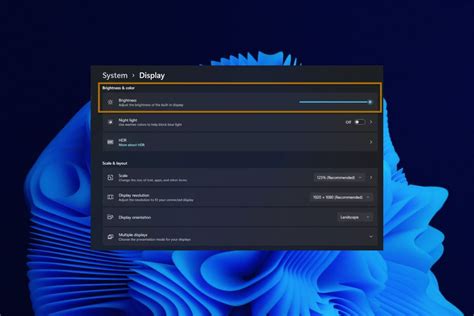**The Radiance of Brightness: Illuminating the Importance of Proper Lighting**
1. Exploring the Significance of Brightness
Brightness is a fundamental aspect of human experience, shaping our perception, mood, and well-being. Adequate lighting has been proven to enhance productivity, cognitive function, and overall health. The appropriate level of brightness is determined by various factors, including the intended use of the space, the presence of natural light, and individual preferences.
Importance of Brightness
-
Improved Visual Acuity: Adequate light levels are essential for clear vision, reducing eye strain and improving task performance.
-
Enhanced Cognitive Function: Bright environments have been linked to increased alertness, attention, and memory recall.
-
Mood and Well-being: Light exposure can regulate the body's circadian rhythm, affecting mood and sleep quality. Proper lighting can create a positive and inviting atmosphere.
-
Safety and Security: Well-lit spaces deter crime and accidents by increasing visibility and reducing shadows.
2. Understanding Brightness Levels
Measuring brightness is typically done in units called lux. The recommended lighting levels for different areas vary widely depending on the activity. Here is a table of typical recommended lighting levels:
| Area |
Recommended Lux Levels |
| Home Living Room |
300-500 |
| Home Office |
500-750 |
| Classroom |
500-1000 |
| Hospital Room |
200-400 |
| Retail Store |
500-1000 |
| Restaurant |
200-500 |
3. Common Mistakes to Avoid
Overlighting: Excessive brightness can be uncomfortable, glaring, and distracting. It can worsen eye strain, headaches, and sleep disturbances.

Underlighting: Inadequate lighting levels can lead to poor visibility, errors, and accidents. It can also strain the eyes and make concentration difficult.

Glare: Glare occurs when light reflects off a surface and creates discomfort or reduces visibility. It is important to minimize glare by using shades, diffusers, or anti-glare coatings.
4. Step-by-Step Approach to Proper Lighting
Step 1: Determine the Purpose of the Space

- Consider the activities that will take place in the space and ensure the lighting levels meet the recommended guidelines.
Step 2: Assess Natural Light Availability
- Natural light is a valuable source of brightness. Utilize windows and skylights to maximize natural light and reduce energy consumption.
Step 3: Choose Appropriate Light Sources
- Select light sources that provide the desired brightness and color temperature. Consider the type of bulb, wattage, and fixture.
Step 4: Use Layered Lighting
- Combine various types of lighting, such as ambient, task, and accent lighting, to create a well-rounded and comfortable environment.
Step 5: Control Brightness

- Use dimmers, shades, or curtains to adjust the brightness level as needed. This allows for flexibility and customization.
5. Benefits of Proper Brightness
Productivity Boost: Adequate lighting improves attention, focus, and accuracy, leading to increased productivity.
Enhanced Visual Comfort: Proper brightness reduces eye strain, headaches, and fatigue associated with inadequate or excessive lighting.
Improved Mood: Bright environments have a positive impact on mood, reducing stress, anxiety, and depression.
Enhanced Safety: Well-lit spaces reduce the risk of accidents and falls, particularly in areas like stairs and walkways.
Energy Efficiency: Optimizing lighting levels can reduce energy consumption while maintaining adequate brightness.
6. Pros and Cons of Various Light Sources
| Light Source |
Advantages |
Disadvantages |
| Incandescent Bulbs |
Warm, traditional glow |
Inefficient, short lifespan |
| Fluorescent Bulbs |
Energy-efficient, longer lifespan |
Cool, blue light can strain eyes |
| LED Bulbs |
Energy-efficient, long lifespan, dimmable |
Can be expensive, some models produce flicker |
| Halogen Bulbs |
Bright, focused light, long lifespan |
Hot to the touch, high energy consumption |
| Natural Light |
Free, renewable source |
Variable and unreliable |
7. How Brightness Impacts Different Industries
Healthcare: Adequate lighting in hospitals and clinics is crucial for patient safety, diagnosis, and treatment. It can reduce errors and improve patient outcomes.
Education: Bright and well-lit classrooms enhance student attention, engagement, and academic performance.
Retail: Properly illuminated retail spaces attract customers, increase sales, and create a positive shopping experience.
Safety and Security: Bright lighting in public areas, parking lots, and security zones deters crime and improves visibility.
8. Conclusion
Brightness is an essential element that significantly impacts our daily lives. By understanding the importance of proper brightness, avoiding common mistakes, and following a step-by-step approach, we can create well-lit environments that enhance our productivity, well-being, and safety. A balance between adequate and comfortable brightness levels is crucial for achieving optimal human experience and maximizing the benefits of lighting.
